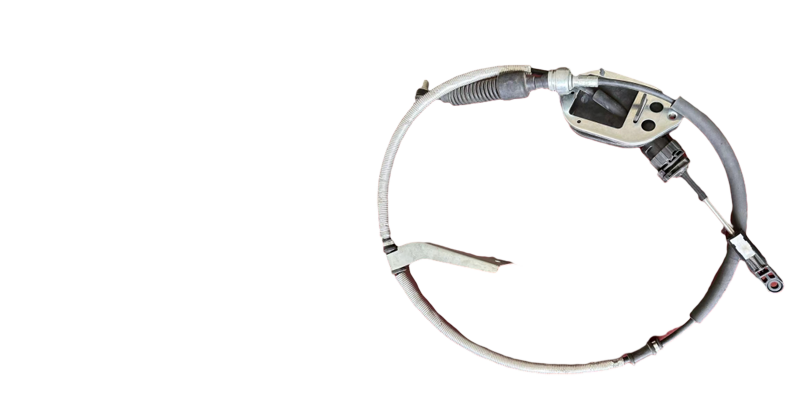Exploring the Functionality and Benefits of Hydraulic Clutch Lines in Automotive Systems
Understanding Hydraulic Clutch Lines Essential Components of Automotive Systems
The hydraulic clutch line is a critical component in the functioning of a hydraulic clutch system, widely used in modern vehicles. This system plays a vital role in enabling smooth gear transitions and efficient power transfer from the engine to the drivetrain. Understanding the role, function, and importance of hydraulic clutch lines can help car enthusiasts and mechanics appreciate their vehicle’s operation better.
What is a Hydraulic Clutch System?
A hydraulic clutch system utilizes brake fluid to transmit force from the clutch pedal to the clutch itself. When the driver presses the clutch pedal, the hydraulic system converts this mechanical force into hydraulic pressure, which disengages the clutch. This process facilitates smoother shifting, allowing the driver to change gears without grinding or stalling the engine.
The Role of the Hydraulic Clutch Line
The hydraulic clutch line is a tube or hose that carries hydraulic fluid between the master cylinder (attached to the clutch pedal) and the slave cylinder (attached to the clutch mechanism). The master cylinder generates pressure as the driver depresses the clutch pedal, sending fluid through the hydraulic line to the slave cylinder. This movement effectively disengages the clutch, allowing for smooth gear changes.
Components of Hydraulic Clutch Lines
1. Master Cylinder This component converts the mechanical force of the clutch pedal into hydraulic pressure. It is usually located on the clutch pedal assembly.
hydraulic clutch line

2. Slave Cylinder Situated near the clutch assembly, the slave cylinder receives the hydraulic pressure from the master cylinder via the hydraulic line. It then pushes a rod that disengages the clutch when activated.
3. Hydraulic Line The hydraulic line itself is typically made from durable materials such as rubber or reinforced synthetic materials. It must withstand high pressures and is crucial for preventing leaks, which can lead to clutch failure.
4. Fluid The clutch operates with hydraulic fluid, often a type of brake fluid. This fluid must be maintained at the correct level and should be free of contaminants to ensure optimal performance.
Importance of Maintenance
Like any other component in a vehicle, the hydraulic clutch line requires regular inspection and maintenance. Leaks, wear, or damage to the line can lead to loss of hydraulic pressure, resulting in clutch failure. Symptoms of a failing hydraulic clutch line may include difficulty in disengaging the clutch, the clutch pedal feeling spongy, or a complete loss of clutch function.
Regularly checking the hydraulic fluid level and replacing any worn or damaged lines can prevent costly repairs and ensure the longevity of the clutch system. Additionally, it is vital to use the appropriate type of hydraulic fluid specified by the vehicle manufacturer to maintain optimal performance.
Conclusion
The hydraulic clutch line plays a fundamental role in the operation of a hydraulic clutch system in modern vehicles. This system enhances driving comfort by ensuring smooth and efficient gear transitions. Understanding the hydraulic clutch line's functionality and importance can empower vehicle owners to maintain their automobiles effectively. Regular inspection and maintenance of the hydraulic components will not only prolong their lifespan but also contribute to the overall performance and safety of the vehicle. In an automotive world increasingly leaning toward complex systems, appreciating the simplicity and functionality of hydraulic clutch lines is essential for every car enthusiast and mechanic alike.
-
Workings of Clutch Pipe and Hose SystemsNewsJun.04,2025
-
The Inner Workings of Hand Brake Cable SystemsNewsJun.04,2025
-
The Secrets of Throttle and Accelerator CablesNewsJun.04,2025
-
The Hidden Lifeline of Your Transmission Gear Shift CablesNewsJun.04,2025
-
Demystifying Gear Cables and Shift LinkagesNewsJun.04,2025
-
Decoding Clutch Line Systems A Comprehensive GuideNewsJun.04,2025
